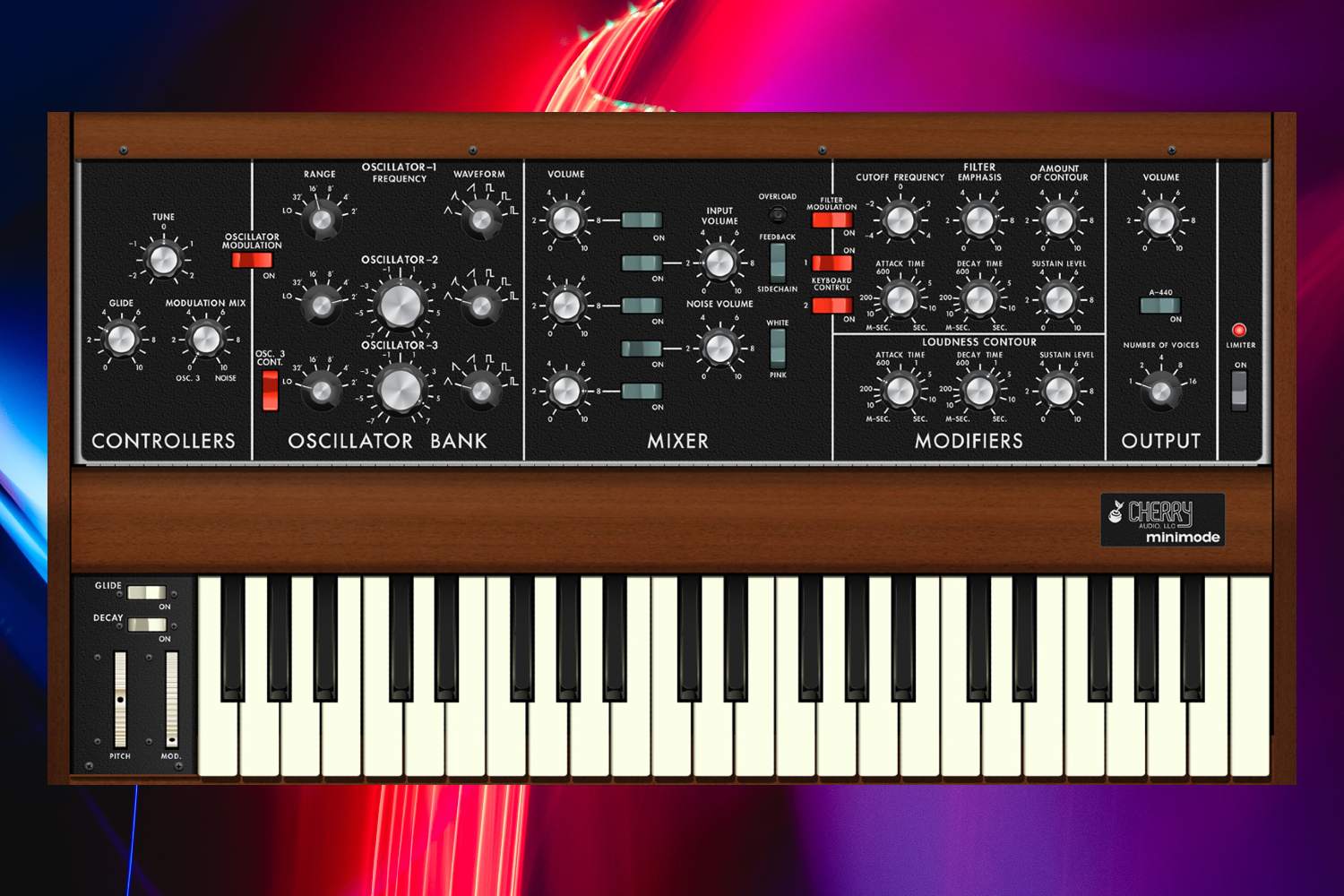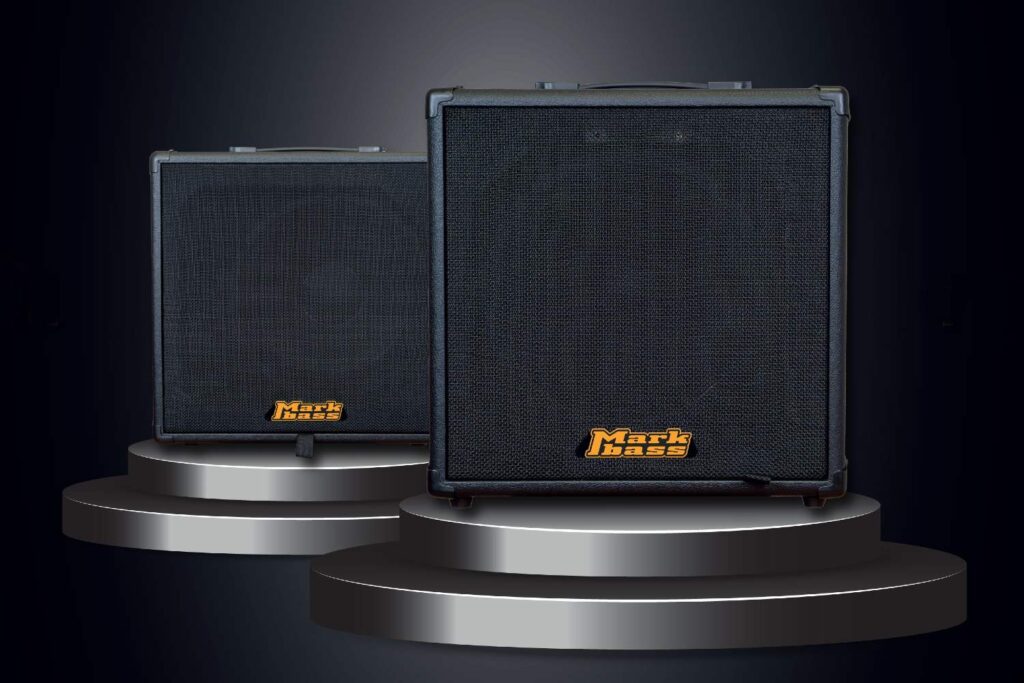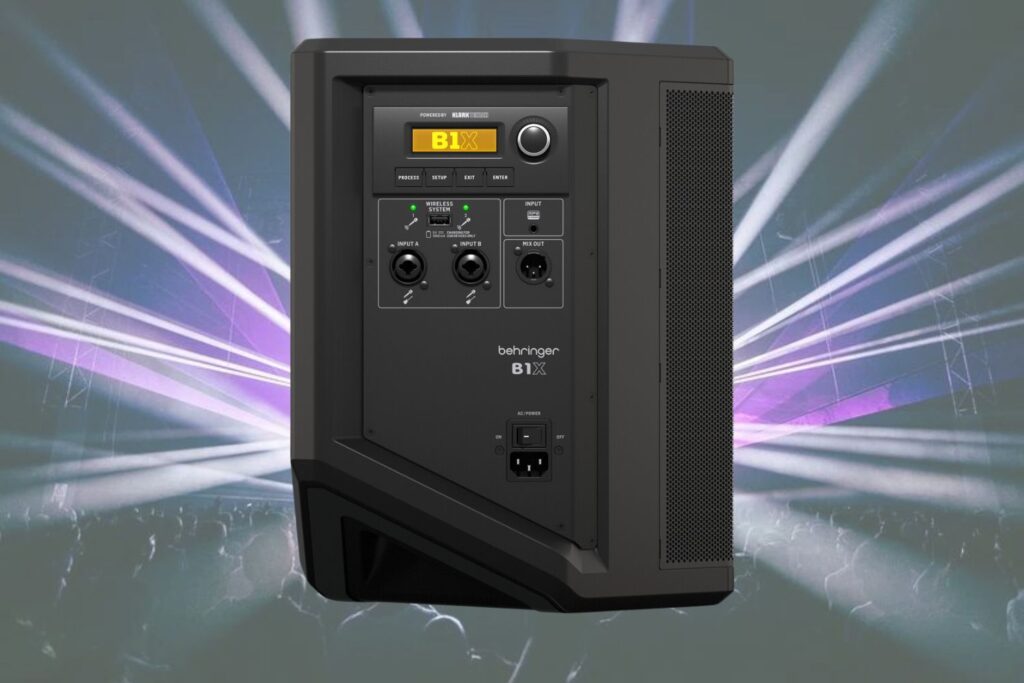A painstaking emulation of the “granddaddy of all portable synthesisers”
Cherry Audio has recreated the legendary Moog Minimoog Model D as a software emulation with the Minimode.
What you need to know:
- Cherry Audio has recreated the legendary Moog Minimoog Model D as a software emulation with the Minimode.
- Cherry Audio’s painstaking emulation of the “granddaddy of all portable synthesisers” was conceived as the ultimate tribute to the original instrument.
- Cherry Audio avoided the temptation to add extra features and bring the Minimoog into the modern realm as most emulations do.
Read all the latest product news here.
Cherry Audio’s painstaking emulation of the “granddaddy of all portable synthesisers” was conceived as the ultimate tribute to the original instrument with “absolute authenticity in mind.
“No other instrument is more associated with the word ‘synthesiser’ than the iconic Minimoog,” Cherry Audio said. “It’s perhaps the best-known and loved analog synthesiser ever made.
“In association with DSP master and frequent collaborator Mark Barton (MRB), we studied and measured every nuance, every curve, and every response of the audio.
“Even the Minimode interface is a meticulous recreation of the Minimoog, from the maple cabinet and textured surface to the unmistakable “Cosmo” knobs and switches.
“Minimode portrays the pure, raw, powerful sound and feel of the classic original.”
Cherry Audio avoided the temptation to add extra features and bring the Minimoog into the modern realm as most emulations do, such as additional LFOs or effects, which might distract from the spirit and vibe of the classic Model D.
Minimode features a library of over 250 presets created by professional sound designers, while Cherry Audio has added the ability to save custom MIDI controller mappings to individual presets or globally (or both!).
All features of the original in a realistic interface is exactly as the original, with three oscillators with triangle, sawtooth-triangular, ramp sawtooth, square, wide rectangular, and narrow rectangular waveforms, and a classic four-pole, 24dB/octave ladder filter.
Feedback and sidechain replicates the original instrument’s External Input function with super accurately replicated overdrive characteristics, while there are also monophonic and polyphonic modes with one, two, four, eight, or 16 voices.
Also featured is accurate modelling of the inherent oscillator mixer and VCA overdrive characteristics, MPE support for expressive performances using MPE-compatible controllers, and complete MIDI control and DAW automation for all controls.
Though its innards weren’t identical to Moog’s massive modular synths, it shared the thick, juicy, “fat” analog sound that remains unchallenged 50 years later.
It set the standard for future synthesisers, inspired whole new genres of music, and defined the sound of artists as diverse as Kraftwerk, Herbie Hancock, Rick Wakeman, Pink Floyd, Parliament, Gary Numan, and countless others.
Head to Cherry Audio for more information.







